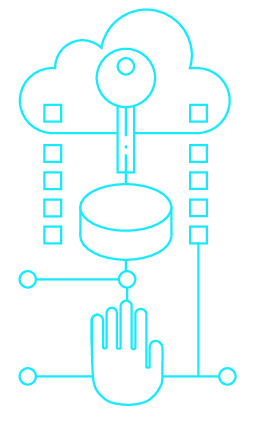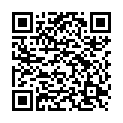|
|
|
| Module code: PIM-IR |
|
|
2V+2P (4 hours per week) |
|
5 |
| Semester: 1 |
| Mandatory course: no |
Language of instruction:
German |
Assessment:
[updated 19.12.2023]
|
E2845 (P221-0199) Electrical Engineering and Information Technology, Master, ASPO 01.04.2019
, semester 1, optional course
KIM-IR (P221-0199) Computer Science and Communication Systems, Master, ASPO 01.10.2017
, semester 1, optional course
MTM.IRO (P221-0199) Mechatronics, Master, ASPO 01.04.2020
, optional course
MP2206.IR Medical Physics, Master, ASPO 01.04.2019
, semester 1, optional course
MP2206.IR Medical Physics, Master, SO 01.10.2025
, semester 1, optional course
PIM-IR (P221-0199) Applied Informatics, Master, ASPO 01.10.2017
, semester 1, optional course
PIM-IR (P221-0199) Applied Informatics, Master, SO 01.10.2026
, semester 1, optional course
|
60 class hours (= 45 clock hours) over a 15-week period.
The total student study time is 150 hours (equivalent to 5 ECTS credits).
There are therefore 105 hours available for class preparation and follow-up work and exam preparation.
|
Recommended prerequisites (modules):
None.
|
Recommended as prerequisite for:
|
Module coordinator:
Prof. Dr. Michael Kleer |
Lecturer: Prof. Dr. Michael Kleer
[updated 24.10.2023]
|
Learning outcomes:
Students will be able to identify, apply and derive the most important methods for describing and designing industrial robot systems. They will be able to independently describe, explain and calculate the interaction of industrial robot systems with various coordinate systems and the associated coordinate transformations in detail. In addition, they will be able to independently calculate the forward and inverse kinematics, as well as the velocity kinematics of typical industrial robots and solve path and trajectory planning tasks. They will be able to derive the Jacobian matrix of typical industrial robot systems and use it for further calculations.
[updated 19.12.2023]
|
Module content:
Classifying industrial robots
Rotations, transformations, coordinate system representations
Derivation of the general homogeneous transformation matrix
Derivation of the Denavit-Hartenberg transformation method
Forward and inverse kinematics of serial industrial robots
Derivation of velocity kinematics
Derivation of the Jakobi matrix (analytical & geometric Jakobi matrix)
Path and trajectory planning for industrial robots
[updated 19.12.2023]
|
Recommended or required reading:
Springer Handbook of Robotics, https://doi.org/10.1007/978-3-540-30301-5
Robot Modeling and Control, ISBN: 978-1-119-52404-5
[updated 19.12.2023]
|


